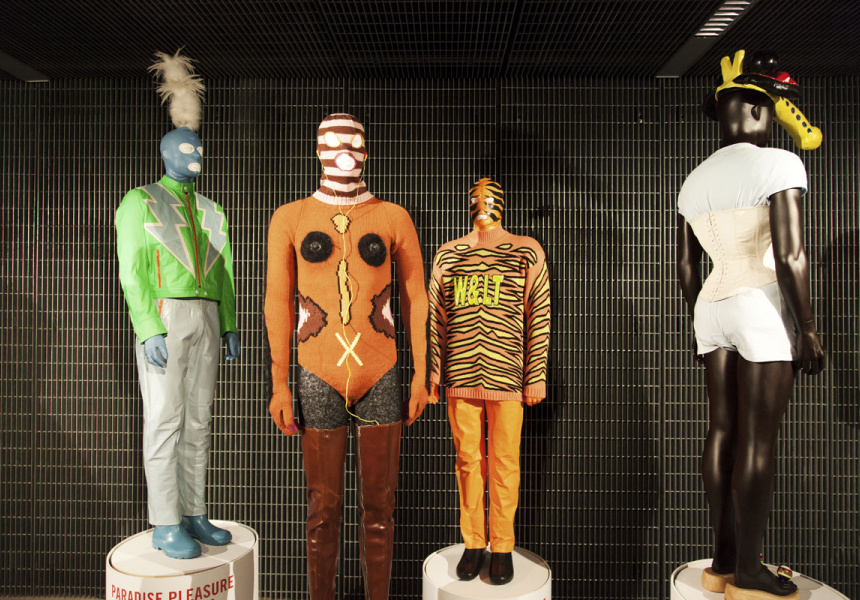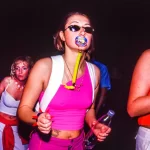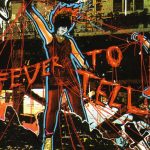In the last article, we introduced some 2000s rave fashion and talked about the characteristics of 2000s rave fashion. In this article, we will learn some tips on matching rave fashion from rave fashion masters!
Walter Van Beirendonck Fall/Winter 1989
The first introduction is Walter Van Beirendonck’s 1989 autumn and winter series.
Walter Van Beirendonck is a Belgian designer known for his “exaggerated” style and weird painting style. He is good at structural collage and unrestrained imagination. He is accustomed to using bright colors to create a colorful and energetic atmosphere.
In the late 1980s, Beirendonck wanted to incorporate the concepts of tolerance and freedom into his autumn/winter collection. Later, I was attracted by the very rhythmic house music that was popular in Belgium at the time, so I named the new series “HardBeat”. While drawing inspiration from the new beat, I also paid homage to the free and hedonistic carnival culture of the late 1980s.
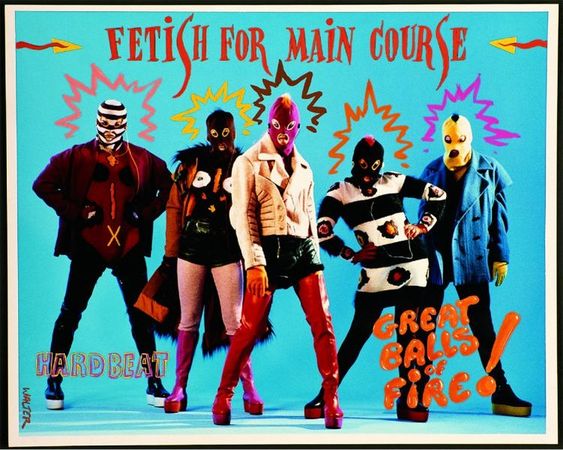
Featuring neon faux fur jackets, platform boots and bold tailoring, the collection blended knitwear with sport fabrics and reflective materials, all of which spoke to the flamboyant Raver culture of the time, intoxicated by drugs and sex.
Due to the bold contrasting colors and materials, Beirendonck’s designs are not only loved by European Raver, but also quickly become popular in the fashion industry. By 2016, the Antwerp Museum of Contemporary Art in Belgium would display the “Hard Beat” series to the public, hoping that people could learn more about the meaning of the carnival culture in the 1990s.
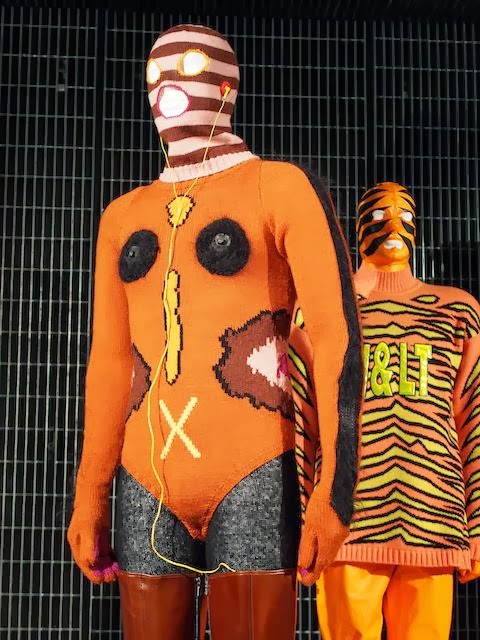
Raf Simons Spring/Summer 2000
In the 1990s, Raf Simons liked to find inspiration in youth culture. In the 2000 spring and summer series “Summa Cum Laude”, Simons perfectly integrated two very mismatched youth cultures, Genius Mensa student uniforms and Gabber uniform.
Everyone should have an impression of gifted students, but what is Gabber? This is another very long article. Simply put, this is Dutch slang from the 1990s, meaning “brother.” Gabber refers to the working-class youth in the Netherlands who like hardcore and Techno. In the 1990s when electronic music was popular, the oppressed young working-class people were released through music and dance to find a free spirit. I think everyone can understand the story.
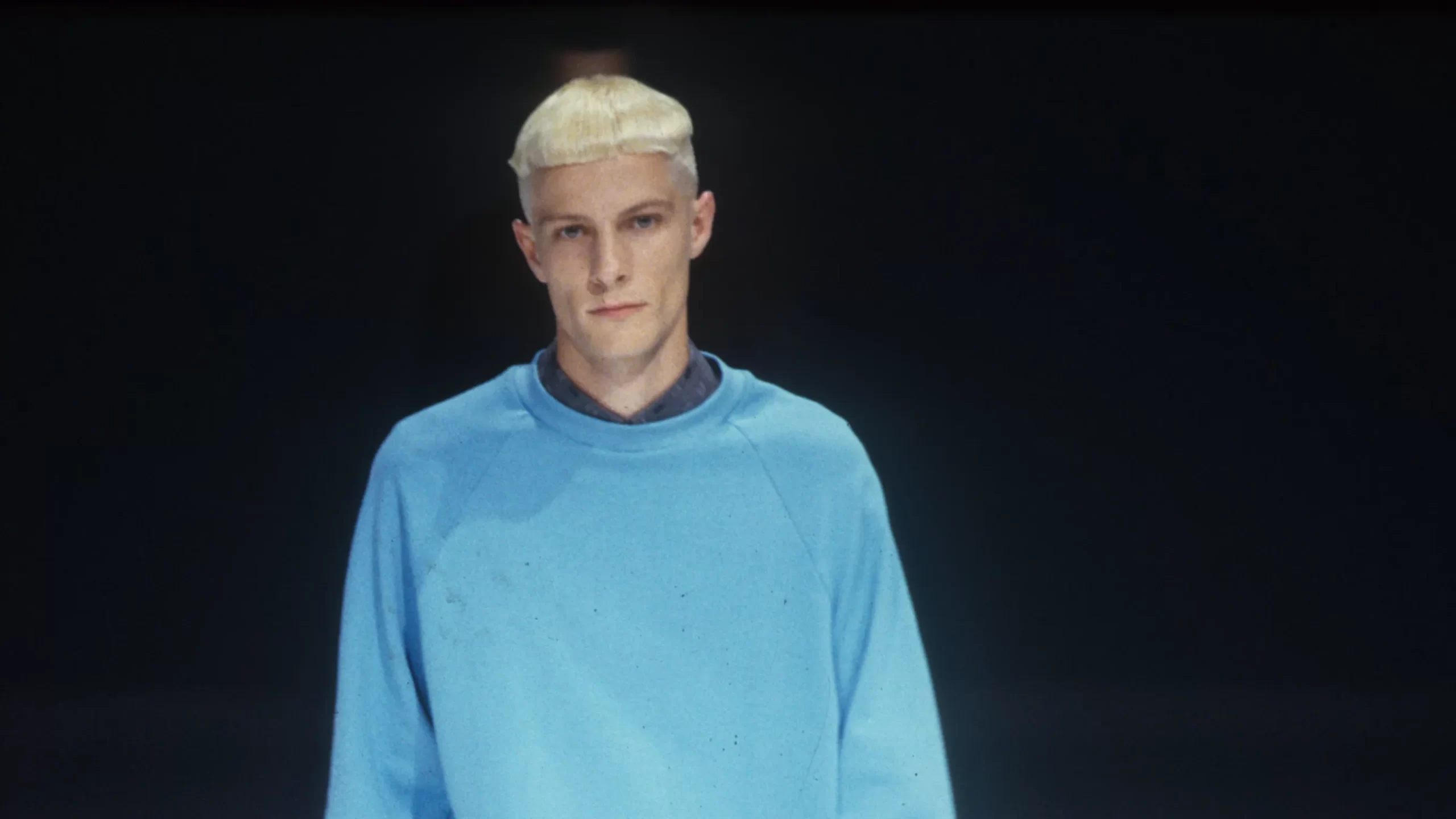
Why does Gabber attract the attention of people in the fashion industry? Mainly because the Dutch Gabbers in the 1990s had a very obvious iconic dressing style, with bald heads, leather, bright sportswear, oversized windbreakers, straight black bomber jackets, and sports sports bras, which took the Netherlands for a whole 10 years. fashion, it still affects the design of many trendy brands.
Talking back to the “Summa Cum Laude” series in 2000, Simons directly showed off a bomber jacket based on the oversized MA-1, and printed the logo of the famous Dutch Gabber organization-Rotterdam Terror Corps on the back to pay tribute to On-site tribute. The inner part is a shirt full of college style, and the loose jeans with Gabber elements are worn underneath. It can be said to be full of Techno style and college style, which is both taboo and sexy. This collection is still considered one of Raf Simons’ most popular collections.
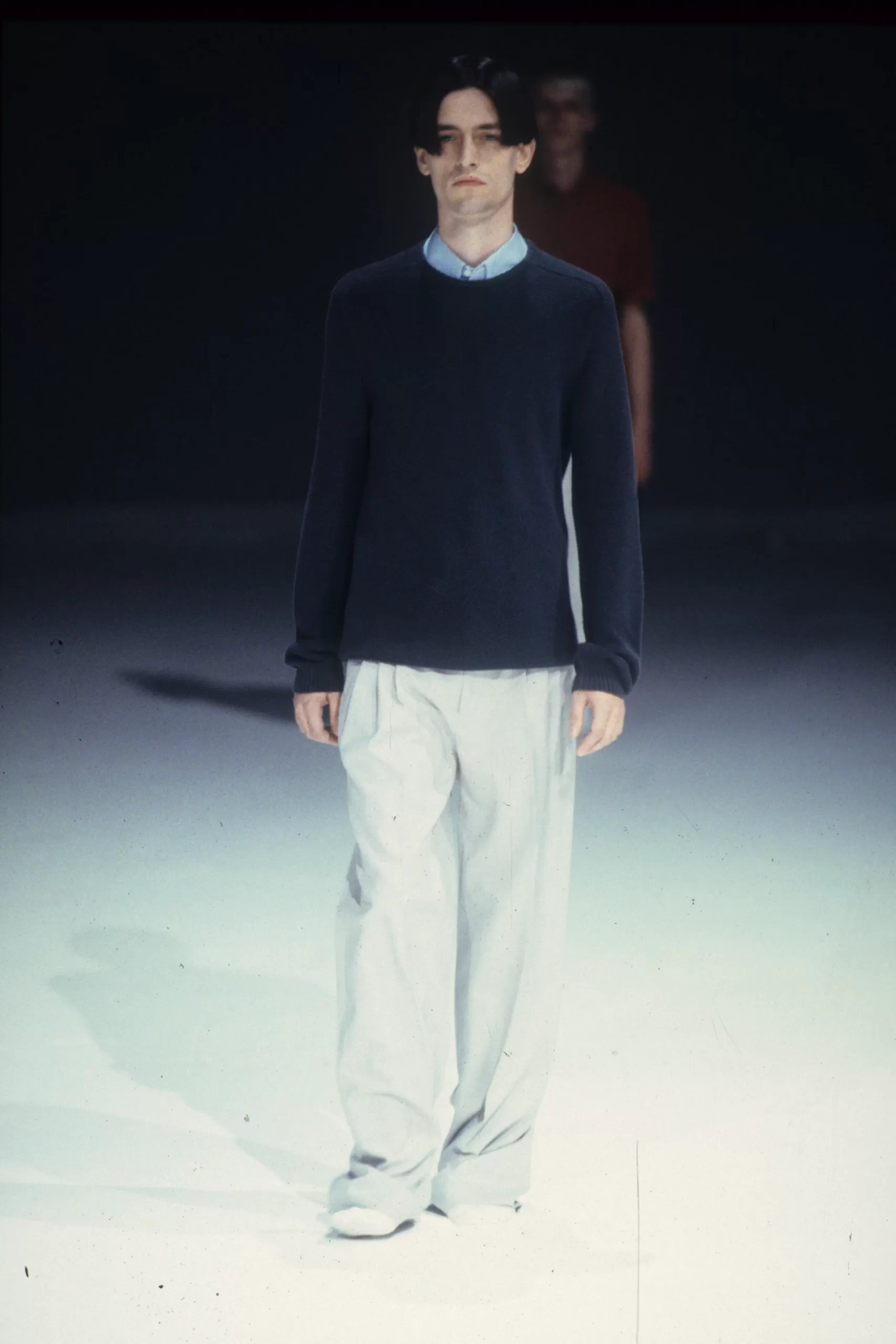
Cassette Playa Spring/Summer 2007
Cassette Playa is Carri Munden’s first fashion series. She has been creating stage images in the music industry. Over time, New-Rave’s bold geometric prints and neon colors in the music industry inspired her to create her own. Fashion collection of determination.
In 2006, in order to attract more attention, Munden combined the then popular game “Green Hill Zone'” with his favorite Rave elements, directly referencing the ‘Green Hill Zone’ level colors and game details.
The oversized silhouette design, comfortable sports fabrics and fiery game graphic prints perfectly demonstrate the different New-rave visual effects. Munden won the 2007 British Fashion Awards for this collection.
It can be seen that designers often like to mix and match different styles and cultures to show their understanding of various social cultures. Nowadays, many people no longer follow big brands. Everyone tends to choose niche brands that suit their own personality and style. More and more street brands that focus on youth culture are emerging, expressing more uniqueness to society. youthful thoughts.
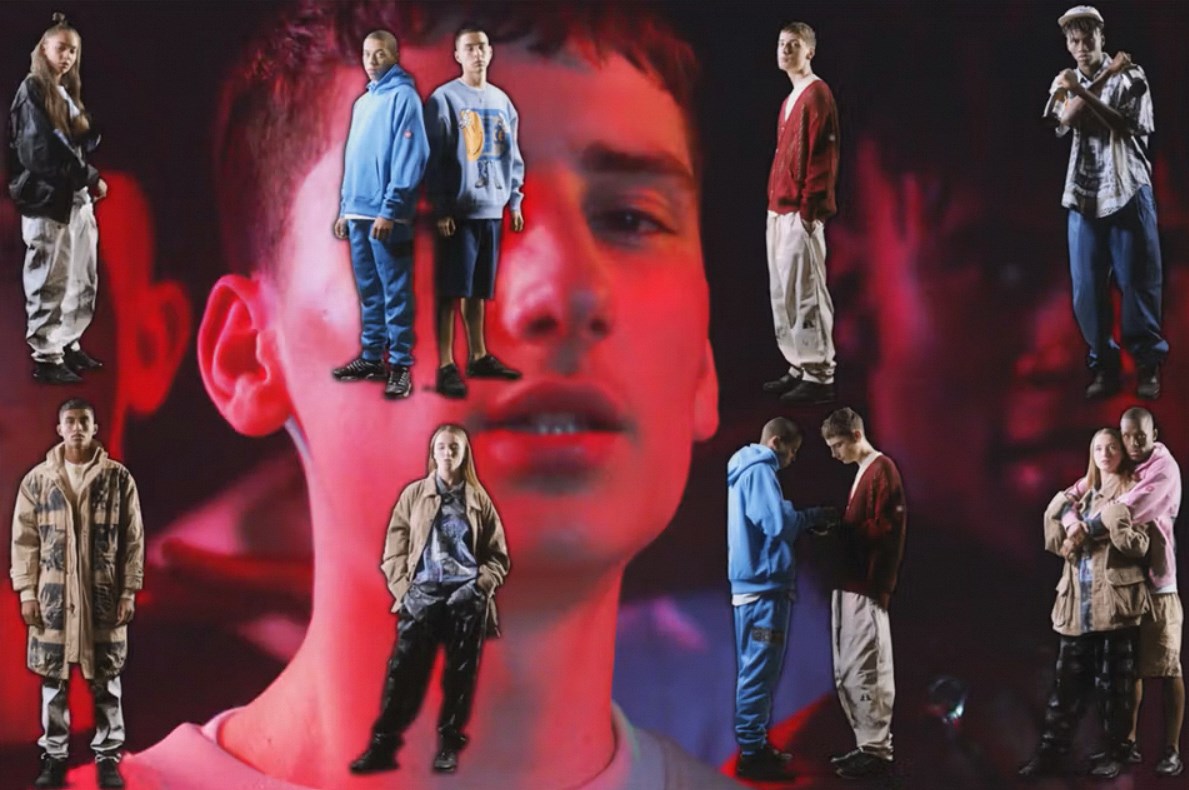
Cav Em Spring/Summer 2017
The fourth Japanese street fashion brand Cav Empt, referred to as C.E, was founded by designer SK8THING in 2011. It mainly focuses on retro and punk elements, and its style is more street psychedelic art.
Toby Feltwell, one of the founders of C.E, works for the time-honored British label XL Records (founded in the late 1980s, which first focused on rave disco music. Adele’s “21” was also produced by XL Records). So it’s no surprise that C.E would launch the Rave line.
In the 2017 spring and summer series, C.E wanted to recreate the history of young people’s crazy addiction to Rave in the 1990s, and used a movie montage technique to present the obsessed youth in the dance hall and the shiny elements of disco on clothes.
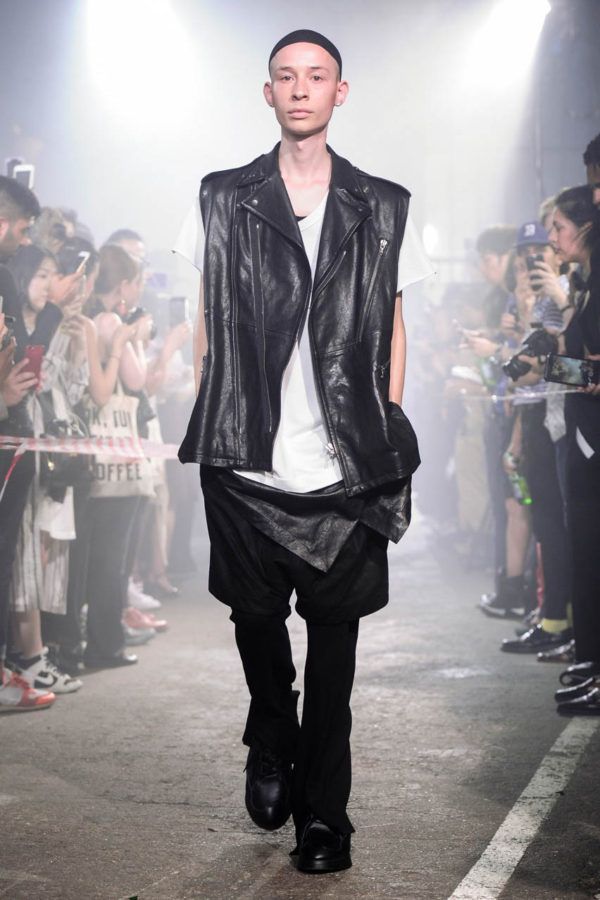
For the promotion, the famous London director Cieron Magat was invited to shoot a dramatic, flashing and dancing commercial, paired with the rhythmic dance music “Mother Funk”, which made the audience want to rush in and dance together. a feeling of. The constantly dancing models also illustrate the strong movement and comfort of C.E clothing.
At that time, Cav Empt also found British electronic music producer Zomby as their lookbook model.
Over the years, C.E has been thinking about how to combine underground music genes with street culture, constantly launching clothing series related to subcultural elements such as music and parties, and often inviting well-known underground musicians to hold brand parties in Tokyo. If you like the more psychedelic subculture style, you can check out Cav Empt.
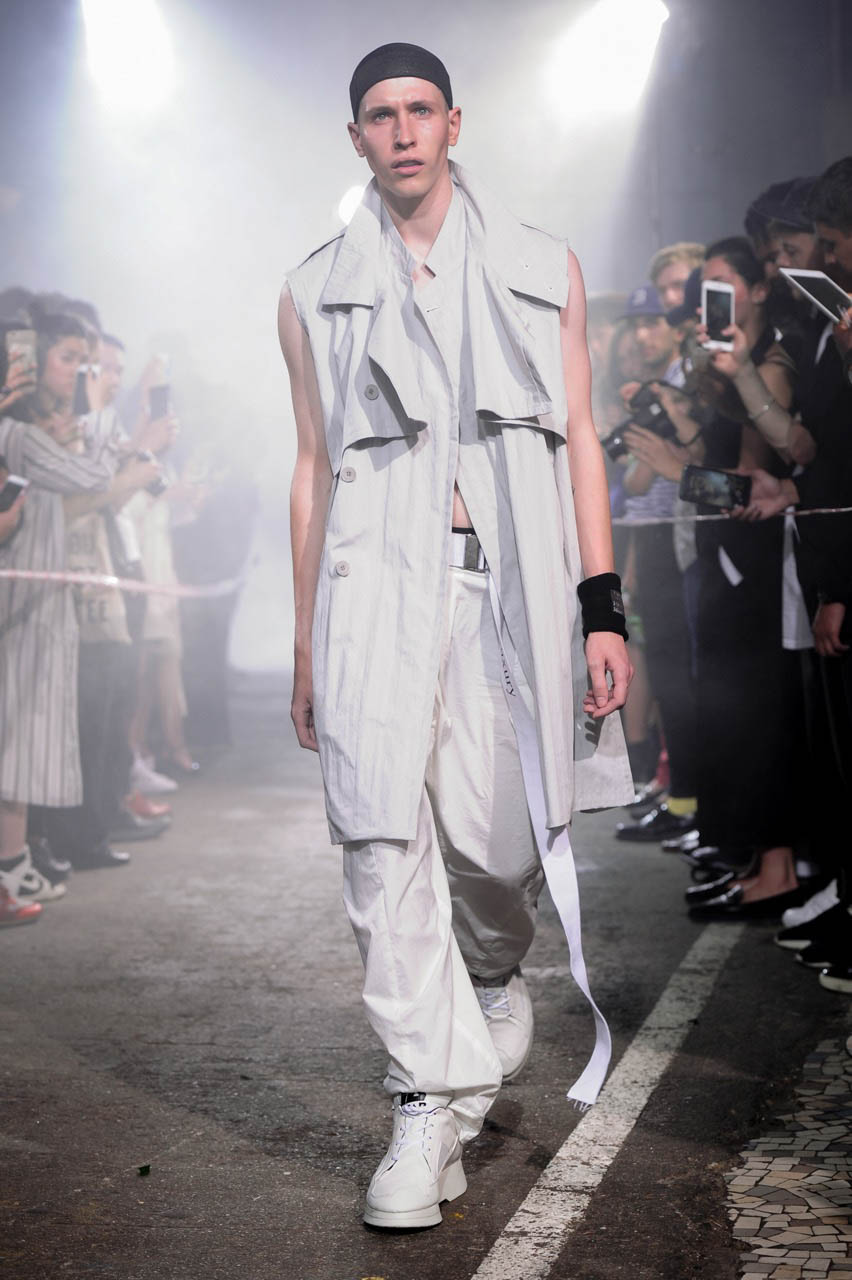
Julius Spring/Summer 2017
Julius is also a Japanese brand founded by Tatsuro Horikawa. Unlike C.E, which focuses on street culture, Julius is famous for its avant-garde aesthetics and pays more attention to the expression of social consciousness.
Before founding Julius, Tatsuro Horikawa designed and set up scenes for underground techno clubs and matched music for art exhibitions. Tatsuro Horikawa’s job is to think about how to perfectly combine music and design art. He loves techno and once said, “In his heart, techno is not just a form of music or youthful memories, but represents a cutting-edge spirit, a spirit that drives the world forward. It applies not only to music, but also to Art and fashion.”
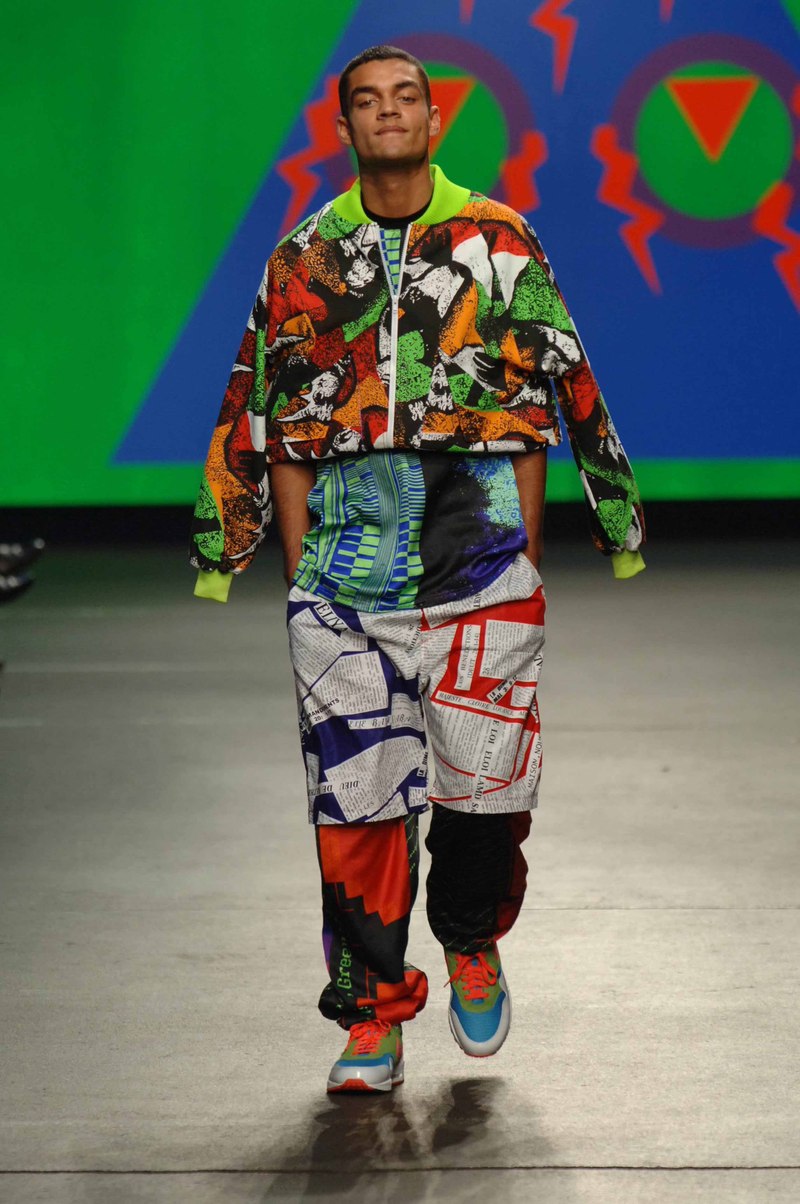
According to the designer, this series was inspired by the Birmingham sound music pioneered by British Techno producer Regis in the 1990s.
If I tell you, one of the songs on Regis is called “British Murder Boys”. The song reflects the turbulent Britain at that time and the young people who were dissatisfied with the government. “I enjoy luxury” is a lyric from the Techno song “Her Needs”, which expresses the subculture that young people are passionate about. Combined with the Brexit turmoil in the UK in 2017, it is easy to understand why Tatsuro Horikawa printed these words on T-shirts and belts, as well as on the arms of catwalk models.

